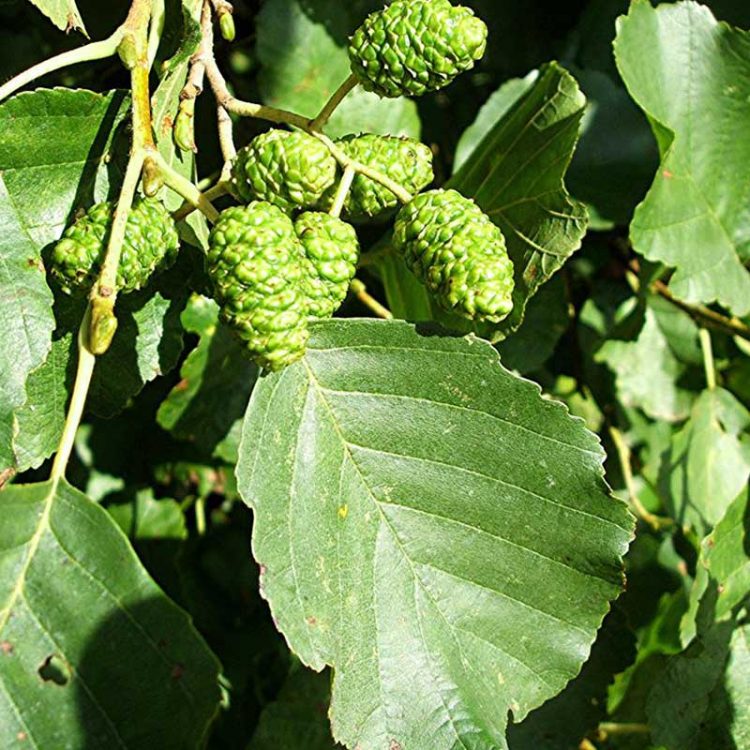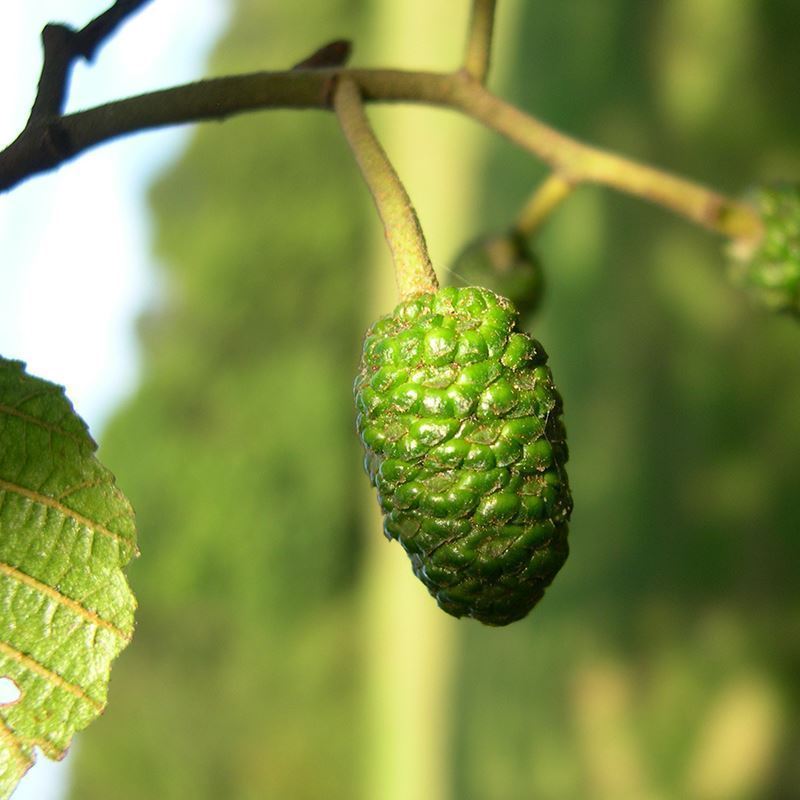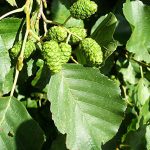Alder – Alnus glutinosa
£0.00
Alder
Alnus glutinosa, the common alder, black alder, European alder or just alder, is a species of tree in the family Betulaceae, native to most of Europe, southwest Asia and northern Africa. It thrives in wet locations where its association with the bacterium Frankia alni enables it to grow in poor quality soils.
Description
We will donate a percentage to regenerating our forests.
This tree improves the fertility of the soil where it grows.
Details:
The common alder provides food and shelter to wildlife, with a number of insects, lichens and fungi being completely dependent on the tree. It is a pioneer species, colonising vacant land and forming mixed forests as other trees appear in its wake. Eventually common alder dies out of woodlands because the seedlings need more light than is available on the forest floor. Its more usual habitat is forest edges, swamps and riverside corridors.
UK sourced and grown: Every sapling that we use is UK sourced and grown to minimise the risk of importing and spreading tree pests and diseases. Seeds are collected and stored in the UK, and they are all coded and batched so that we can track each individual tree.
Ecology
The common alder is most noted for its symbiotic relationship with the bacterium Frankia alni, which forms nodules on the tree’s roots. This bacterium absorbs nitrogen from the air and fixes it in a form available to the tree. In return, the bacterium receives carbon products produced by the tree through photosynthesis.
This relationship, which improves the fertility of the soil, has established the common alder as an important pioneer species in ecological succession.
More information
Alnus glutinosa is a tree that thrives in moist soils, and grows under favourable circumstances to a height of 20 to 30 metres (66 to 98 ft) and exceptionally up to 37 metres (121 ft).
Young trees have an upright habit of growth with a main axial stem but older trees develop an arched crown with crooked branches. The base of the trunk produces adventitious roots which grow down to the soil and may appear to be propping the trunk up. The bark of young trees is smooth, glossy and greenish-brown while in older trees it is dark grey and fissured. The branches are smooth and somewhat sticky, being scattered with resinous warts. The buds are purplish-brown and have short stalks. Both male and female catkins form in the autumn and remain dormant during the winter.
Only logged in customers who have purchased this product may leave a review.






Reviews
There are no reviews yet.